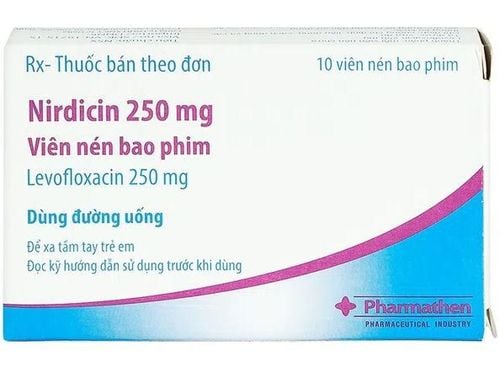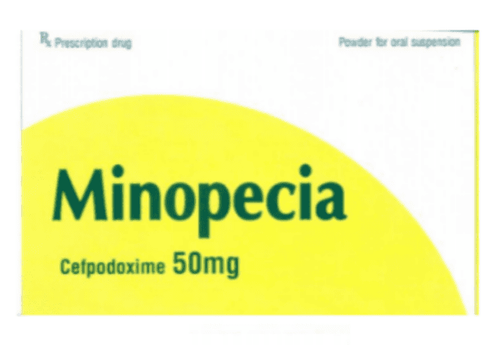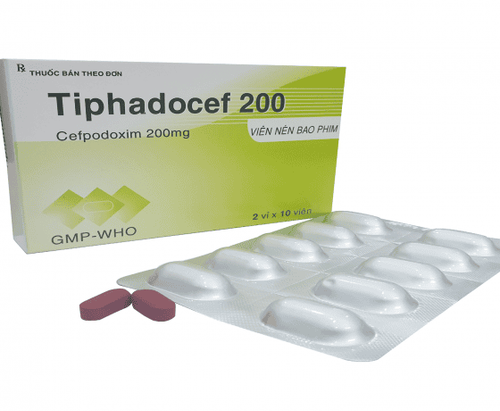This is an automatically translated article.
Infilong belongs to the group of 3rd generation cephalosporin antibiotics with the main ingredient being Cefixim 400 mg. The drug is effective in the treatment of infections caused by susceptible bacteria.
1. What is Infilong?
Infilong drug has the main ingredient cefixime, which is a third generation cephalosporin antibiotic, which has good effects on gram-negative bacteria, is stable to beta-lactamases and achieves bactericidal concentrations in the cerebrospinal fluid. However, for gram-positive bacteria, cefixime is less effective than penicillins and first-generation cephalosporins. Clinical efficacy has shown that cefixime is effective against infections caused by common strains such as S. Pyogenes, S. Agalactiae, S. Pneumoniae, E. coli, Proteus mirabilis, Klebsiella, H. influenzae and even P. aeruginosa.
Infilong is usually indicated in the following cases:
Upper and lower respiratory tract infections Acute otitis media, Urinary tract infections, Gonococcal urethritis Infilong is contraindicated in patients with hypersensitivity to any of the ingredients. part of Infilong or sensitive to cephalosporin antibiotics, children under 6 years of age.
2. Dosage of Infilong
Depending on the subjects and treatment goals, the dose of Infilong will be different, specifically as follows:
For adults:
Usual dose: 400 mg/day Treatment of urinary tract infections caused by gonorrhea : 400 mg single dose Need to reduce dose in patients with renal impairment For children:
Recommended dose: 8 mg/kg/day x 1 time or divided Do not use Infilong in children under 6 years of age When used too dose of Infilong will not have a specific antidote. Management can be achieved by performing gastric lavage or by having a significant amount of cefixime removed from the circulation by hemodialysis or peritoneal dialysis.
3. Side effects of Infilong:
In some patients when using Infilong, side effects may occur such as:
Abdominal pain, diarrhea Nausea, vomiting Pseudomembranous colitis Headache, dizziness Hypersensitivity reactions: skin allergy, hives urticaria, itching, hip fban Steven-Johnson syndrome Vaginitis, Candida infection
4. Be careful when using Infilong
Some general notes when using Infilong include:
Patients with penicillin hypersensitivity should be cautious when using Infilong because there is a risk of cross-effects. Infilong drug needs to be adjusted in dose in patients with renal failure before use. Use Caution when using Infilong in patients with a history of gastrointestinal disease, especially colitis. Cefixime may give false positive results in urine glucose testing in diabetic patients Concomitant use of cefixime with carbamazepine increases the plasma concentration of carbamazepine and probenecid increases and prolongs the action of cefixime. The above is important information about Infilong medicine, if you have any other questions, patients should discuss directly with the prescribing doctor for in-depth advice.
Please dial HOTLINE for more information or register for an appointment HERE. Download MyVinmec app to make appointments faster and to manage your bookings easily.













